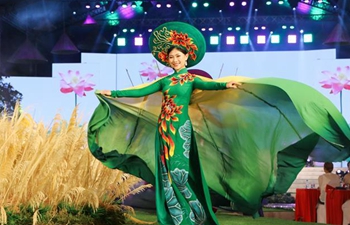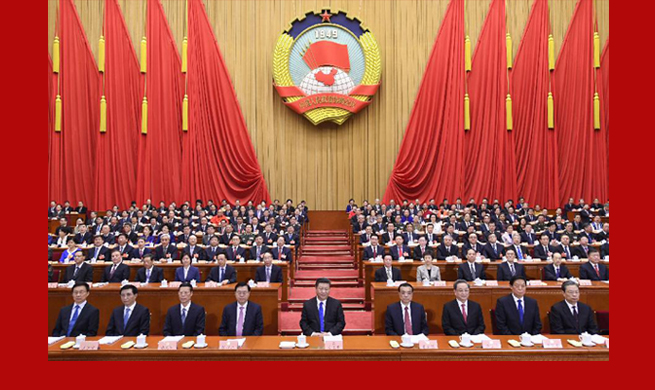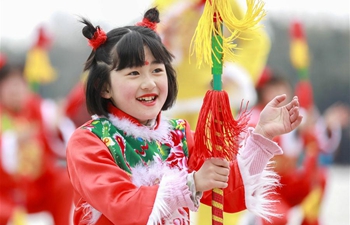LHASA, March 5 (Xinhua) -- Two prefectures in southwest China's Tibet Autonomous Region have been recognized for their conservation of dark skies.
The China Conservation for Dark and Starry Sky in Ngari and The China Conservation for Dark and Starry Sky in Nagqu have been included in a world list of dark sky protected areas by the International Union for Conservation of Nature (IUCN), according to the China Biodiversity Conservation and Green Development Foundation.
The two areas were the first in China to be recognized by an international organization.
Dark sky protected areas are those with very good dark sky conditions globally selected by international organizations such as the IUCN and the International Dark-sky Association, which work to fight light pollution. The International Dark-sky Association has certified more than 40 such places in the world, but China has no certified conservation areas so far.
Zhou Jinfeng, secretary general of the China Biodiversity Conservation and Green Development Foundation, said that starry skies were becoming increasingly rare amid rising light pollution.
The two conservation areas in Tibet were launched in 2016 with the help of the China Biodiversity Conservation and Green Development Foundation and the regional government of Tibet.
"Ngari and Nagqu have few people and very little light, so the conditions are good for building dark sky conservation areas," Zhou said.
The conservation area in Ngari stands 4,200 meters above sea level with a planned area of 2,500 square km, while the conservation in Nagqu is situated about 4,600 meters above sea level with a planned area of 100 square km.
Tourist centers have been built in the two areas to help power local development.
"The IUCN inclusion lays a solid foundation for the conservation areas to apply for certification at the International Dark-sky Association," Zhou said.

















